Rural living and food diversity
agmss15
last year
Featured Answer
Sort by:Oldest
Comments (13)
party_music50
last yearplllog
last yearRelated Discussions
A must have for those building in a rural area!!!
Comments (15)We've built a couple of rural houses (hubby falls in love with a new piece of land) in steep, heavily wooded terrains with snow and large storms. Our first house had solar panels tied to the grid and a whole-house furnace. Not good, we had six separate incidents of no heat or electricity, each time lasting about a week. We had a double solar array of 48 panels, it was a big house. The next house, smaller with 24 panels generating around 12 KW hours was off-grid solar with a back-up diesel generator. Much better, although our house filled up with cold, waterless, shower-needy neighbors when their power was out for 3 weeks. I didn't mind that, I just set visiting hours and a shower schedule. Our next house (building now, and the land is much flatter, hurray!) has an off-grid solar system, diesel generator, and a century fireplace. That century stove is classified as a furnace...it's the only heat we'll use or need. The wood smoke smell is absent, and it uses very little wood. We're hoping to get hydroelectric power set up in a few years, so the winter stream run-off generates extra power when we need it. I'll tell you the big number one item you want for an off-grid system is a great battery. We lucked into some giant batteries from a failed dot-com, what a difference that extra power storage made! We're renting a regular house in town while we build. We've had 4 power outages, without heat, this winter. My goodness, the power bill is so high! I hadn't paid an electric bill in 7 years, I had no idea the rates had grown so high....See MoreYou know you live in the rural midwest when....
Comments (30)I'm trying to remember, and I don't think I EVER saw lamb in...um...where I was before. I could find it an hour away at a (very expensive) meat market, but not locally. I seem to recall seeing veal a couple times, but veal is something I won't touch, and so would not notice its presence/absence. Forget finding any bread that wasn't "fluffy" or any fish that wasn't catfish. Don't even think about finding any kind of "exotic" mushroom/pepper/fresh herb. Basically if it can't be sugar coated or deep-fried, isn't hugely processed, doesn't have at least 20% salt/sugar and doesn't contain transfats, forget about finding it there. And forget eating out unless you like fast food or lower quality chains. (They were all a'twitter when Huddle House opened.) Now here? It's not like California where I could literally find anything, but it's pretty darn good. The only thing I've found really lacking is availability of fish (except that d#mned catfish...what the heck is it with the blasted catfish everywhere?) and I do have to really hunt for things like tahini, miso, etc....See MoreAdvice? Maine Coast Storytale Home from 80's Rural Vermont Rectangle
Comments (16)Hi Lindsey, thanks for your ideas about the house! We have an addition out the back of the house with a garage and large shed that meet our needs for storage, tools, etc. We have several farming friends who indeed have many unexpected costs and trials throughout the season, and I agree with your advice for that kind of life! Especially living debt free, too many of our friends have not been able to do that. However, our main source of income is not from the land and we don't consider ourselves to be farmers. I say this with much respect to farming families, and for means of clarifying the needs of our house. As for the standing seam roof, yes it was indeed costly but worth it to us. We only covered the house on the right side and middle, not the roof of the section we plan to dismantle. I know most of the commenters have advised against taking that part of the building down (including my FIL who built it) but we really are set on it. It's not of highest priority, it will be some years before we get to it Yes, the peaked portico is my favorite suggestion so far! As well as spacing the windows more symmetrically. I also think a window box below the farthest right window with trailing vines would be lovely. That room is our bedroom and we look out the window often....See MoreR.I.P. 2ManyDiversions
Comments (59)Those that do not know Finneas is BillieEilish brother... He wrote about this song... Finneas: "I wrote this song in June after spending the day at a protest in Downtown LA, filled with hope with the prospect that millions of people were coming together from all over the world to fight against institutionalized racism and inequality. During that time, I’d also been following Amanda Kloots as she documented her husband Nick Cordero’s time in the ICU while in a coma after being admitted for COVID-19. Imagining her sitting by his side, waiting, hopeful for him to wake up, it got me thinking about all the millions of people, all over the world, who also have loved ones, parents, children and extended family members going through the same thing. Fighting this horrific virus. Some will over-come and wake up again, while others, tragically may not. This song is dedicated to all who have had to endure this year. I hope this song can offer some sort of comfort to those who may need it."...See Morel pinkmountain
last yearlast modified: last yearLars
last yeardcarch7 d c f l a s h 7 @ y a h o o . c o m
last yearlast modified: last yearparty_music50
last yearplllog
last yearlast modified: last yearparty_music50
last yearagmss15
last yearparty_music50
last yearlast modified: last yearl pinkmountain
last yearplllog
last year
Related Stories
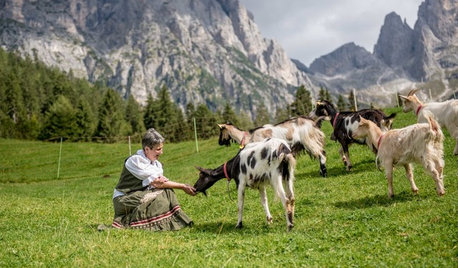
FARMHOUSESWorld of Design: See How 9 Families Live and Farm on Their Land
Join us as we visit the homes and farms of passionate food producers and hear about rural life around the globe
Full Story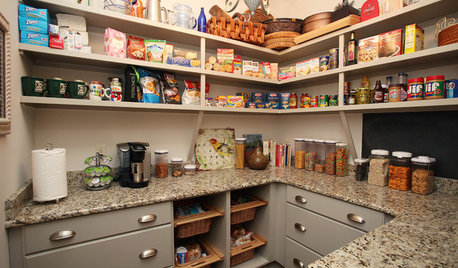
LIFEHow to Prepare for and Live With a Power Outage
When electricity loss puts food, water and heat in jeopardy, don't be in the dark about how to stay as safe and comfortable as possible
Full Story
MY HOUZZMy Houzz: Pursuing Their Life’s Work in Rural Oregon
This creative couple craft a live-work world all their own in the high country of eastern Oregon
Full Story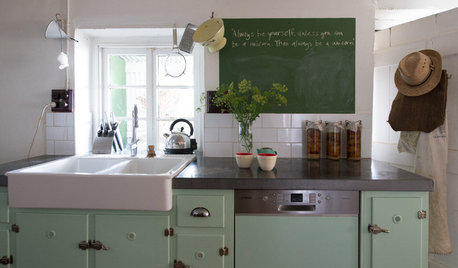
HOUZZ TOURSMy Houzz: Ease and Coziness in Rural Australia
Nothing is ‘too fancy or perfect’ in this 150-year-old bluestone farmhouse, but everything sure is warm and inviting
Full Story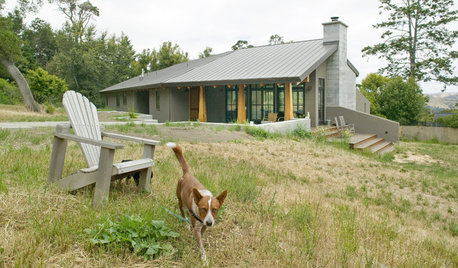
CONTEMPORARY HOMESHouzz Tour: Modern Meets Rustic in Rural Marin County
A lodge-like home is an oasis for an artistic, outdoorsy family
Full Story
LIVING ROOMSReaders' Choice: The 10 Most Popular Living Rooms of 2012
Every design style gets a shout-out in the most saved living room photos of the past year — see if any elements speak to your own tastes
Full Story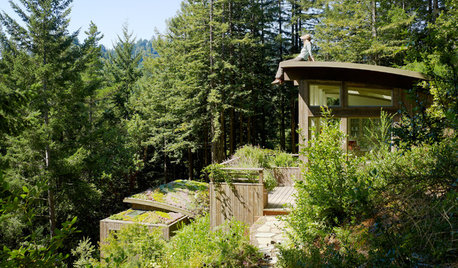
REMODELING GUIDESLiving Roofs Crown Green Design
Living roofs save energy, improve air, water, curb appeal — and the view from above doesn't hurt either
Full Story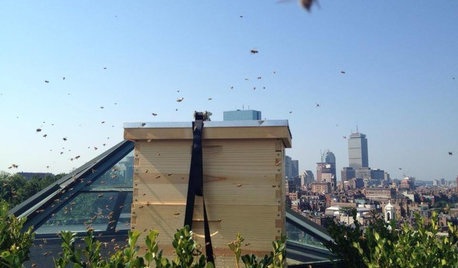
FARM YOUR YARDHello, Honey: Beekeeping Anywhere for Fun, Food and Good Deeds
We need pollinators, and they increasingly need us too. Here, why and how to be a bee friend
Full Story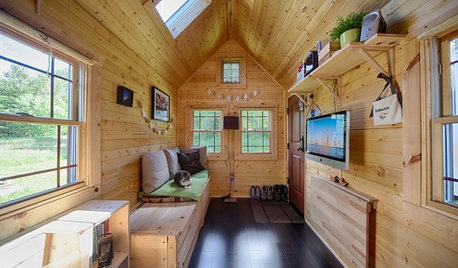
SMALL HOMESHouzz Tour: Sustainable, Comfy Living in 196 Square Feet
Solar panels, ship-inspired features and minimal possessions make this tiny Washington home kind to the earth and cozy for the owners
Full Story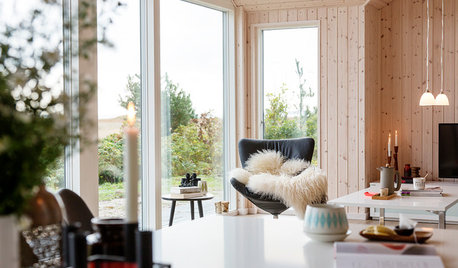
LIFESlow Living 101: Tips for Turning Off the Chaos
It may feel as though you're too busy to slow down and enjoy life. But even little changes can have a big effect
Full Story


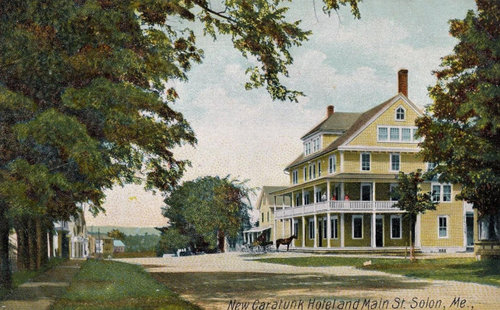




colleenoz